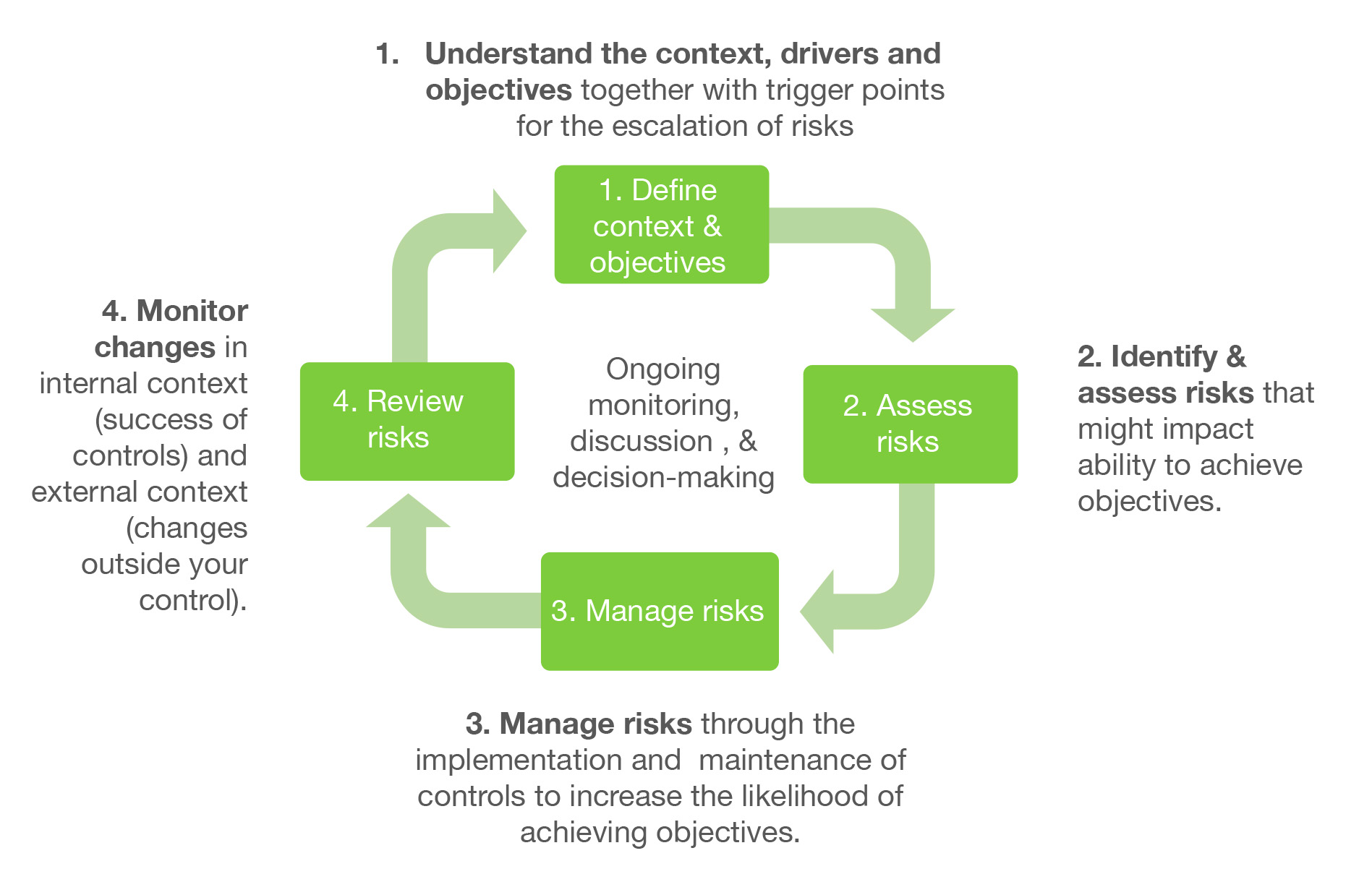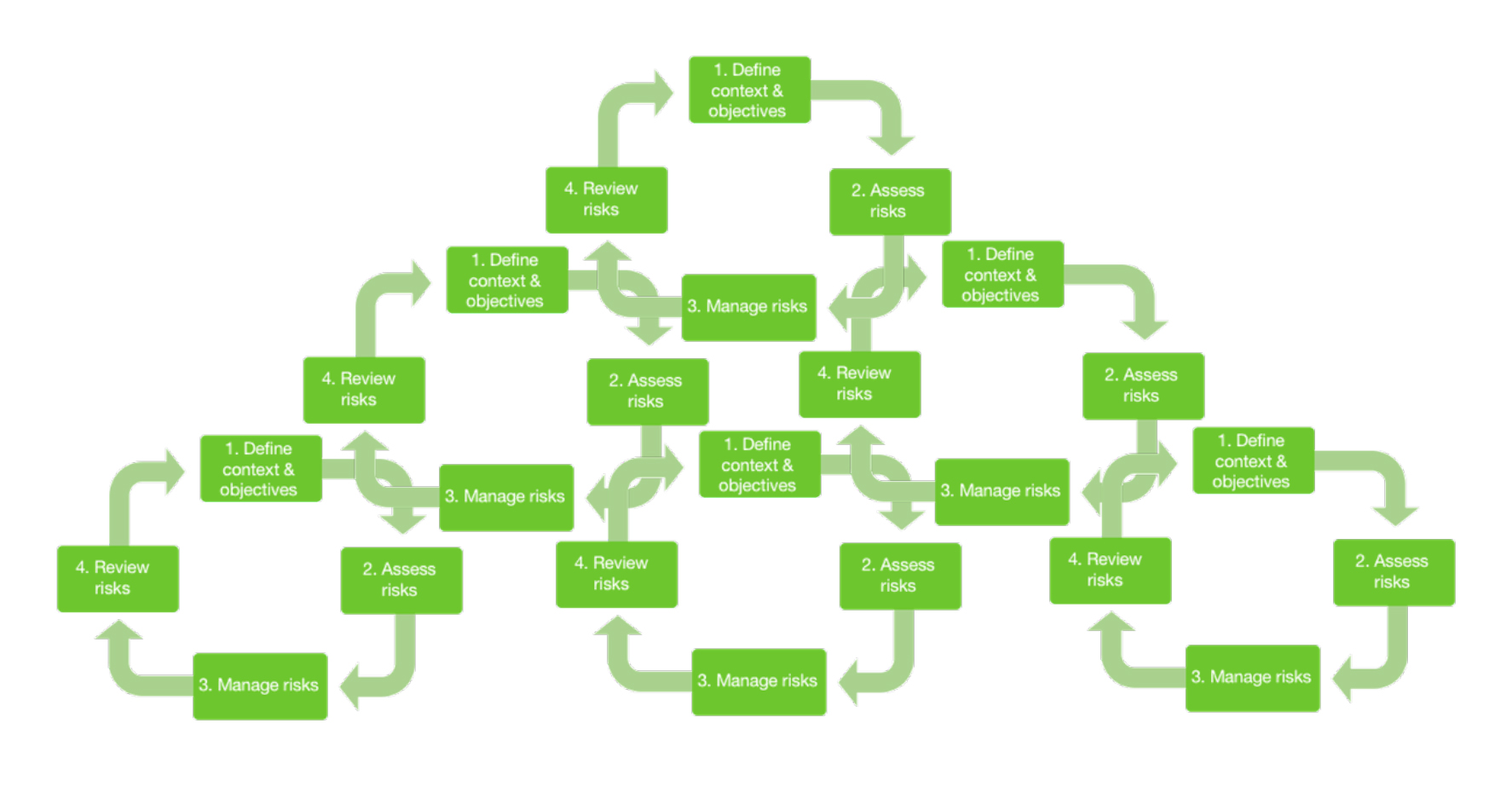For a mining company to be truly responsible, it must keep all of its workers safe, healthy and motivated, meet the expectations of the local community and government for the region in which it is operating, ensure it impacts on the environment positively if at all, as well as achieve the financial objectives set by its investors for both the short and long term. This is a lot to ask of any business, especially one that extracts non-renewable resources from the earth.
The tool that should be able to support decision-makers unravel the conflicting pros and cons to a course of action is that of risk management. Sold to us as a resource that will solve the problem of health and safety in mines, it is also the prescribed mechanism through which shareholders can assess the long-term viability of an organisation. However, it is not quite working… yet.
Risk management has become incredibly complex. With what seems like a different technique to analyse every situation, it is easy to get stuck just assessing risks rather than taking action to manage them. It is time to take a step back and simplify risk management to its core purpose: to aid decision-making.
At the most fundamental level, the risk management process consists of four simple steps:
- Understand the context in which your team operates and objectives you are aiming to achieve.
- What are the potential opportunities or threats to you achieving your objectives (also known as your risks)? Which risks do you really need to do something about?
- Take action and alter those risks that require active management through implementing and maintaining controls.
- Monitor the wider world for changes that may impact on your context together with the success of your actions taken to manage your risks.
Repeat.

Above: The Satarla risk management process. A simple take on a range of international standards, this approach aligns the requirements of different risk management disciplines such as health and safety, finance and project management. This alignment allows those disciplines to interact with one another better, share risk intelligence and make decisions quickly.
This intuitive decision-making process can be utilised throughout the entirety of the organisation, from exploration geologist to the chairman of the board. Keeping it simple leverages the natural risk management instincts of each individual involved, yet provides the necessary structure for alignment with colleagues, broader stakeholders and the risk culture of the organisation.

Above: Interconnected risk management allowing risks to be managed at the most appropriate level while breaking down silos.
It also allows us to dive into detail and use more complex tools in a focused manner. We only do this where most appropriate and therefore create the time and budget to utilise techniques such as the latest advances in digitalisation to run scenario models, psychological models to improve understanding of safe behaviour and the remote monitoring of our operations through analysis of high-resolution satellite imagery.

Above: Mine monitoring from space. High-resolution satellite imagery enables changes on and around a site to be monitored remotely. Applications can include monitoring of the volume of stock piles and waste facilities, presence and activity of mine trucks, changes in vegetation cover, and artisanal mining activity in and around the licence area. Our thanks to Terrabotics Ltd.
So why is this risk management responsible? To start with it respects an individual’s expertise and natural ability to make decisions. It builds on organisational cultures rather than seeking to break them and rebuild. It listens to the opinions and knowledge of both the organisation and external stakeholders such as local communities and government. It balances the opportunities and threats your business faces allowing you to plan for the long term.
This inclusion of the diversity of perspectives of all stakeholders allows us to weigh up our opportunities and threats, and build a business case that enables responsible mining. Rather than the short-term finance-focused business cases that we have seen all too often in the past, this more robust approach enhances our ability to maintain our social licence to operate, attract and keep exceptional talent, and be leaders in technological advances in mining. Only by doing this can we begin to guarantee the long-term viability of our organisations.
Satarla specialises in enterprise-wide risk management. Offering consultancy, training and research services, we are a network of risk management experts based all over the world. While many of us have deep experience working in mining, we have all worked with risk management in other sectors. This allows us to draw on best practice from many different industries and tailor the optimum risk management solution for your organisation.
